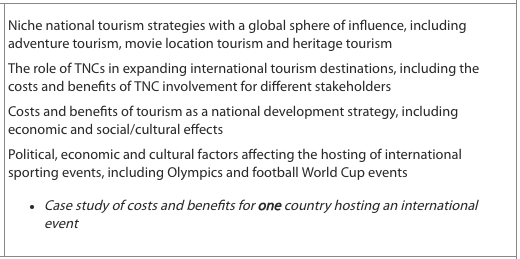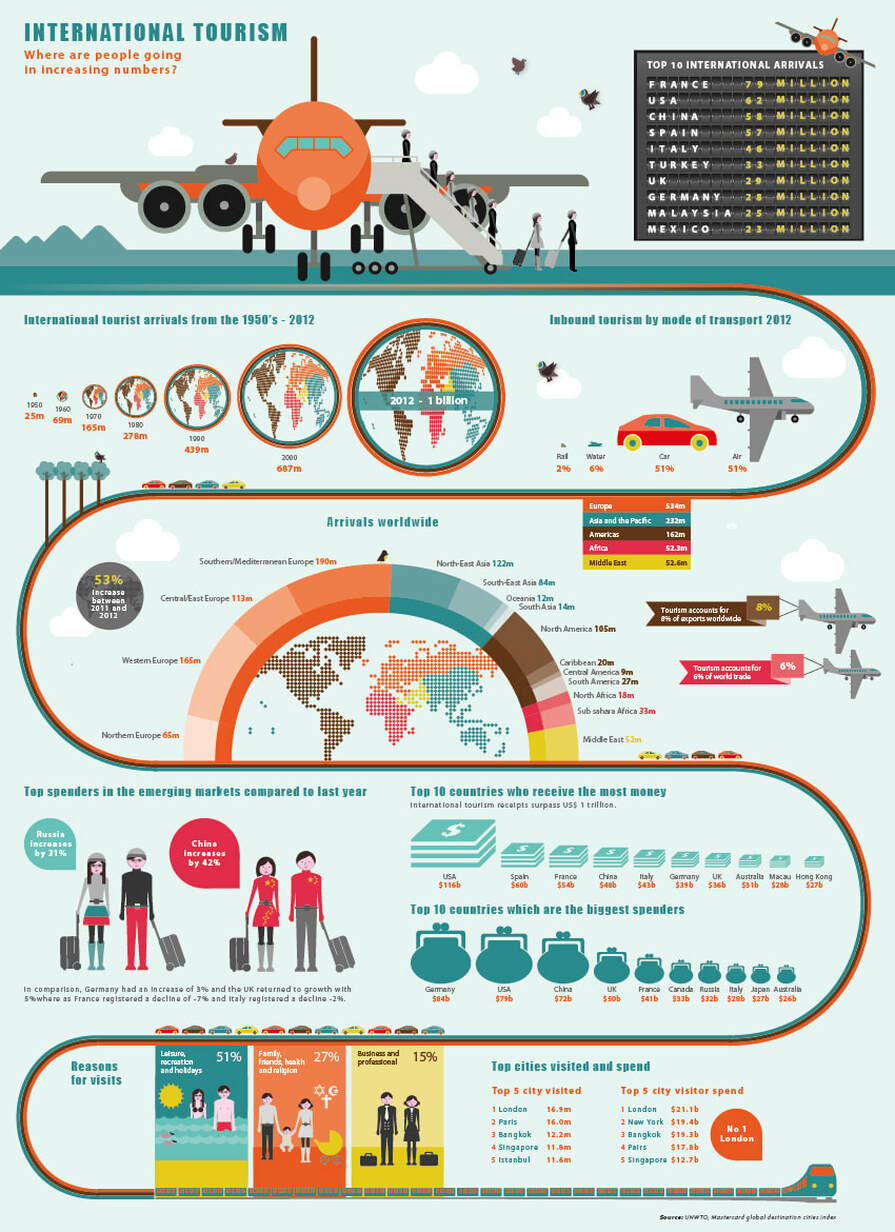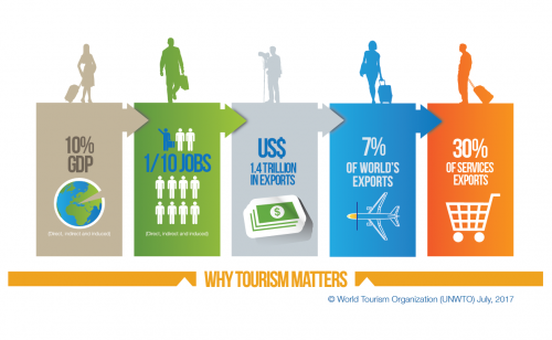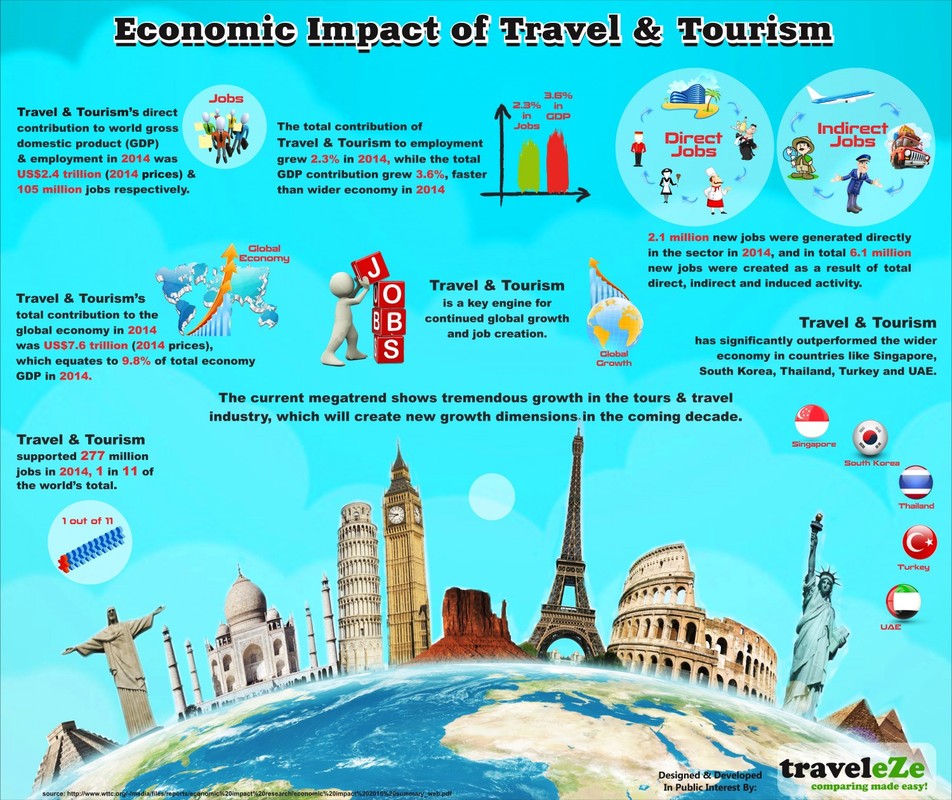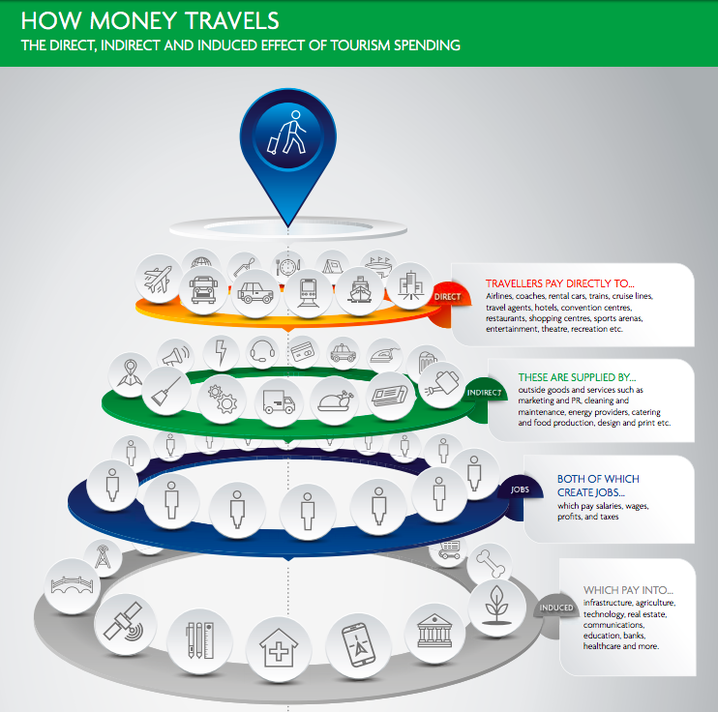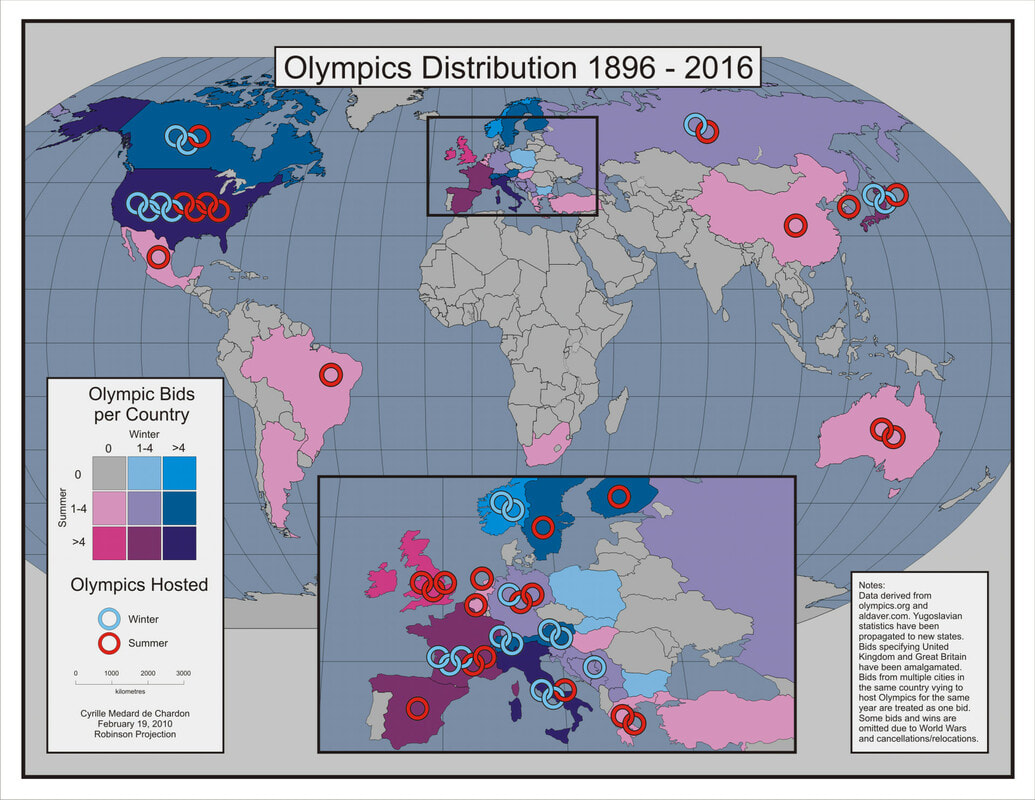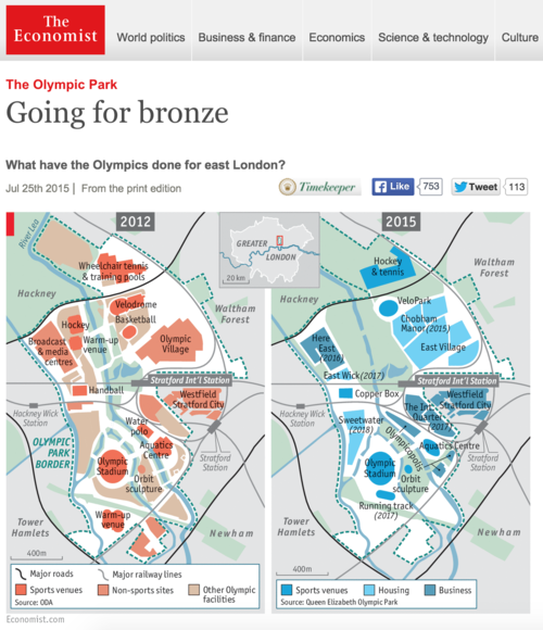Leisure, tourism, sport homepage
3. Tourism & Sport at the International Scale
Syllabus Link: The varying power of different countries to participate in
global tourism and sport
Introduction: International Tourism Facts & Figures
|
|
|
Niche National Tourism
Niche national tourism strategies with a global sphere of influence, including adventure tourism, movie location tourism and heritage tourism
|
|
|
Adventure Tourism
|
|
|
Case Study Activity
Use the information in the videos above and the PDF below to build up either a mind map, infographic or note summary of adventure tourism in New Zealand
Use the information in the videos above and the PDF below to build up either a mind map, infographic or note summary of adventure tourism in New Zealand
Movie Tourism
|
|
|
|
Article: Hobbit tourism scatters more of Tolkein's gold across New Zealand
Article: Leveraging the benefits of film tourism
Heritage Tourism
|
|
|

Case Study Activity
Use the information in the videos above and explore the map below to take notes on the attractions and locational features of the Angkor Wat world heritage site. Then use the case study resources below to compile a SEEP analysis of the costs and benefits of heritage tourism on Angkor Wat and the surrounding area.
Angkor Wat heritage tourism case study notes
Use the information in the videos above and explore the map below to take notes on the attractions and locational features of the Angkor Wat world heritage site. Then use the case study resources below to compile a SEEP analysis of the costs and benefits of heritage tourism on Angkor Wat and the surrounding area.
Angkor Wat heritage tourism case study notes
Article: Cambodia enjoys tourism boom
Article: World heritage status, tourists threaten Angkor preservation
Video: BBC - Are there too many tourists at Angkor Wat's temples?
Article: Tourism invasion threatens temples of Angkor
Article: World heritage status, tourists threaten Angkor preservation
Video: BBC - Are there too many tourists at Angkor Wat's temples?
Article: Tourism invasion threatens temples of Angkor
The Role of TNCs in Expanding Tourism
The role of TNCs in expanding international tourism destinations, including the costs and benefits of TNC involvement for different stakeholders
|
|
|
Reading: How TNCs Affect Tourism
Activity: Costs and benefits of TNC tourism to different stakeholders
Article: Idiotic tourist complaints to Thomas Cook
Costs & Benefits of Tourism as a Development Strategy
Costs and benefits of tourism as a national development strategy, including economic and social/cultural effects
|
|
|
|
Reading: Tourism as a national development strategy
Summary: Costs and benefits of tourism
Summary: Bitesize- Tourism advantages and disadvantages
|
|
|
Thailand Case Study
Case Study: Thailand tourism development impact summary
Webpage: How does tourism impact the development of Thailand
Article: Tourism pushes Thai economy forward. But for how long?
Video: Thailand for sale
Document: Thailand for sale video notes
|
|
|
|
Hosting of International Sporting Events
Political, economic and cultural factors affecting the hosting of international sporting events, including Olympics and football World Cup events
|
|
|
|
Website: Olympic host selection process
Reading: Hosting International Sporting events
Activity: Diamond 9 Ranking
Case Study: London Olympics 2012
|
|
|
Case study of costs and benefits for one country hosting an international event
|
|
|
|
Note Sheet: London 2012 - The costs & benefits of hosting
Additional Case Study: London Olympics 2012
Document: Legacy, what legacy?
Article: Costs of hosting heavily outweigh the benefits
Photos: Abandoned Olympic venues
Additional Case Study: London Olympics 2012
Document: Legacy, what legacy?
Article: Costs of hosting heavily outweigh the benefits
Photos: Abandoned Olympic venues

